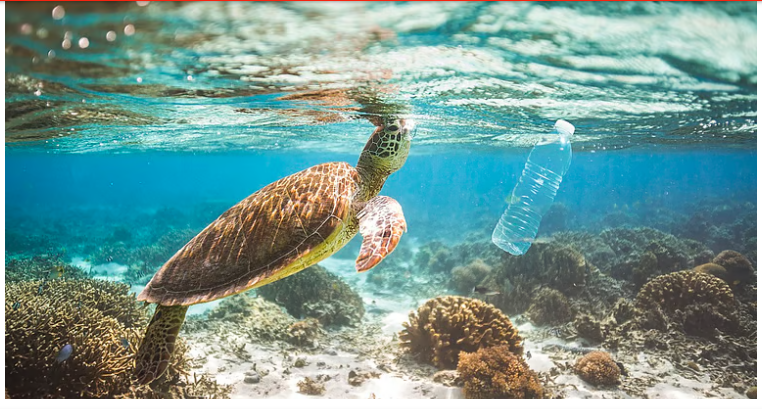How microbes could help solve the world’s plastic pollution crisis

In News
Scientists are increasingly exploring microbial degradation as a potential solution to the global plastic pollution crisis, with advances in microbial engineering, enzyme discovery, and environmental microbiology paving the way for scalable plastic biodegradation systems.Key Points
- Certain bacteria and fungi produce enzymes capable of breaking down long-chain plastic polymers, effectively using plastics as a food source.
- Example: Ideonella sakaiensis, discovered in Japan, can degrade polyethylene terephthalate (PET) into environmentally benign components.
- New studies have shown Gordonia and Arthrobacter bacteria degrading polypropylene and polystyrene by 23% and 19.5% respectively within 28 days, without pre-treatment.
- Natural environments rich in polymers like cellulose, chitin, and cutin may harbor microbes with plastic-degrading potential.
- Research also highlights symbiotic microbes in waxworms (Galleria mellonella) that can break down polyethylene in plastic bags.
Significance
- Global plastic production exceeds 460 million tonnes annually, with only 9% recycled.
- Microbial solutions could complement conventional waste management, aiding the transition towards a circular economy.
- The UN’s ongoing Global Plastics Treaty negotiations aim to end plastic pollution by 2040.
Challenges
- Current degradation rates are still modest for large-scale application.
- Scaling microbial biodegradation requires further biotechnological innovation, environmental safety assessments, and cost-effective deployment strategies.
Updated: 12 Aug 2025, 8:55 AM | Source: Down To Earth